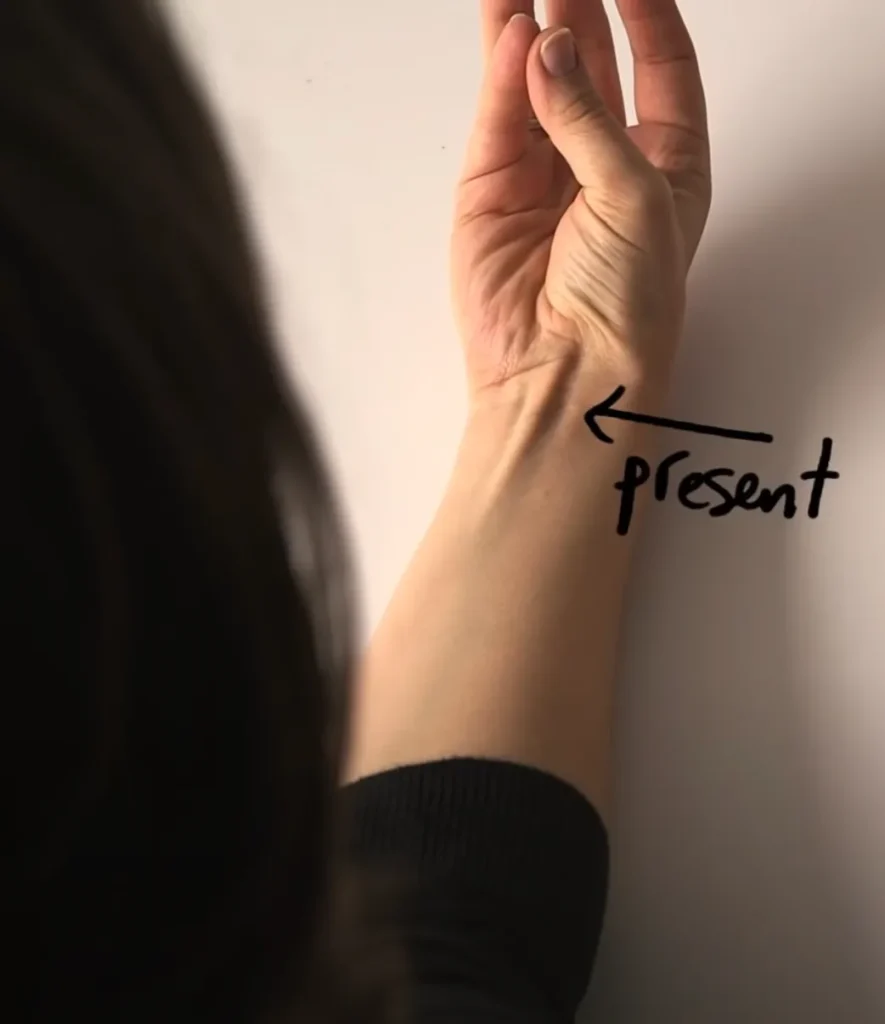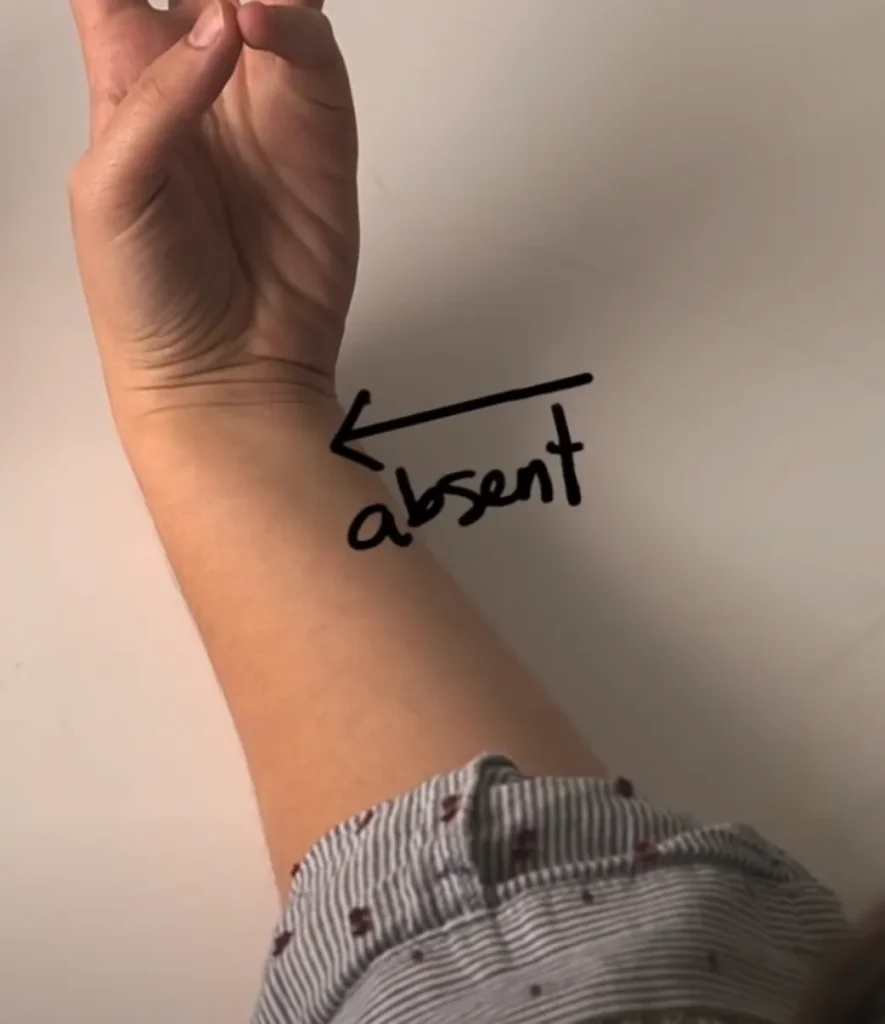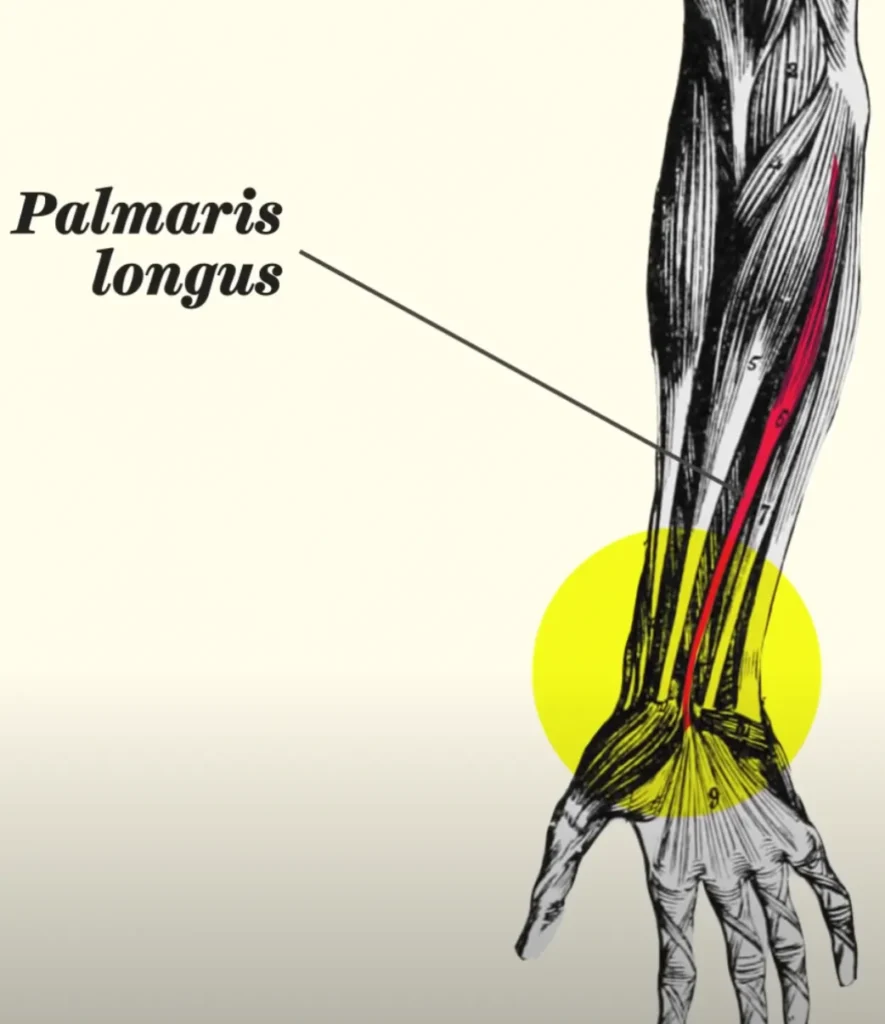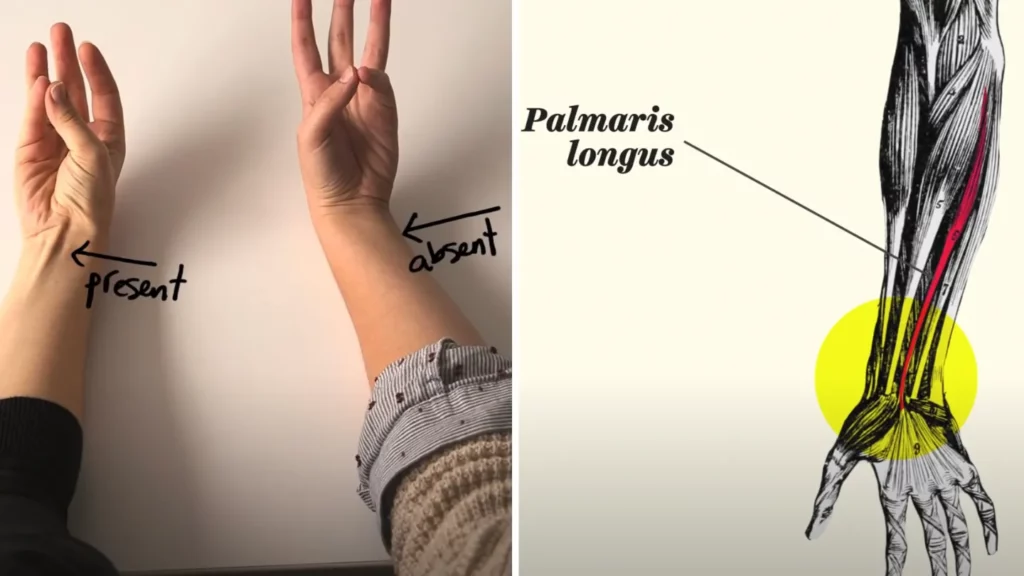Certainly, the process of evolution is one of the most fascinating, and perhaps one of the most complex, topics in science. It is a deep link to our environment.
Even if we don’t always think about it, our bodies provide proof of our journey. These marks were the characteristics passed down from our long ago forefathers.
These remnants are proof concrete of our evolutionary path. That remains a source of fascination to researchers and the inquisitive.
However, some of these evolutionary relics may seem loosely related to our modern kinds of living. It offers an interesting look at some of the traits that were critical to our survival.

There is a fascinating evolutionary trait inside your own body. It can be verified in only a few moments.
What’s consigned to your forearm is a remarkable thing. With a simple hand gesture, this information can be revealed.
For example, how about goosebumps, that curious response to cold or fear? This was far from random for our mammalian ancestors.
By causing the hairs on their bodies to stand up, goosebumps were a big help in helping them survive in colder climates. The air in this was confined and created a barrier to hold heat.
We even see birds puffing up their feathers on cold days yet. This is a strategic development based on common biological ancestry.
Similarly, you may have seen a cat’s fur bristle on a sudden shock. This makes him look more imposing, more intimidating.
This is an ancient evolutionary response to a protective strategy. The intent was to use the design to create a tactic that would hold predators at bay through an illusion of increased size.
That humans don’t rely as they once did on their instincts does not mean that traces of our old survival strategies aren’t present in our physiology. They link us to our history in an intriguing way.
Your arm contains what fascinating evolutionary insight? It lives in a tendon that tells you something amazing about your connection to the past.
This may give us some clues as to the path of our evolutionary journey. It gives an insight into the human adjustment journey.
Laying your forearm flat on a table, palm facing upwards, is the way to reveal this intriguing detail. Bring your pinky finger over to meet your thumb, and very gently raise your hand up.
The palmaris longus tendon is a tendon that indicates a raised tendon in the center of your wrist. This trait has long been inherited to our primitive forebears.
This tendon had been of great importance for certain primates in the past. This helped them move between branches, especially so for a species like lemurs and monkeys.
This tendon has become largely unimportant in humans and in grounddwelling apes, such as gorillas. The essential purpose that it used to serve, it has lost.
What is interesting is that around 10–15% of the human population has progressed past what is needed for this tendency to develop. The palmaris longus in these people is completely missing.
And this means that human evolution is not yet complete. The absence of this tendon could be a hallmark of major evolutionary advancement.
If you don’t notice the elevated band during this simple test, you’re one of the lucky ones. You might even be involved in the next stage of evolution.

Don’t worry: No matter how strong you are, no matter how weak, the tendon does not matter. According to recent studies, grip strength is not dependent on the palmaris longus.
It is so often removed by surgeons for application to reconstructive procedures. Its absence makes no difference to everyday routine.
This muscle, connected to the now vestigial tendon, was once critical to our tree dwelling ancestors. This allowed to move freely between branches.
With humanity having moved on to more earth bound lifestyles, this muscle began to shrink in the need for it. Now it has become an interesting remnant of our evolutionary history.
You’re not alone if you lack the tendon. Evolution is a gradual thing, for the lack of this tendency in some individuals indicates a continuous process of adaptation.
10–15% of cases of individuals lacking the palmaris longus suggest evolutionary shifts in concordance with contemporary living. Relevance of this tendency has passed.
Lacking it could mean a huge evolutionary leap. As we have evolved beyond arboreal living, and beyond the need for survival skills, this tendency has lost its significance.
But the palmaris longus is not the only evolutionary remnant still hanging out in the human body. There are many people who have the same remnants of characteristics inherited by their ancestors.
But these characteristics have outlasted the intention of their original purpose. The muscles around the base of their ears are what allow some people to wiggle their ears.
Many species rely on moving to ears to be a key part of their survival strategy. With this capability they can detect sounds from all directions and improve their safety.
These muscles have become dysfunctional in humans. They are just a spectacle, a unique spectacle that just a select few can show.
Tailbones, the grasp reflex in newborns, and goosebumps are other examples of intriguing biological events. This shows how evolution has affected, and is affecting, the human body.
Each of these characteristics gives us a sense of our history. Insights into how our ancestors lived and how they survived are provided by them.

It is a link to our history: The existence or absence of the palmaris longus tendon. It also indicates what the course of human evolution may bring.
As we become less dependent on particular physical characteristics in how we live, some features will gradually fade away. These complex changes are being examined by researchers.
How these changes in our biology reveal broader evolutionary patterns intrigue them. We change constantly, often without you even knowing it.
No matter if the tendon is there, the next time you take your pinky and bring it to your thumb and look at your wrist, you will see something very cool about evolutionary history.
This points up our common heritage, and the dynamic nature of the human form. It’s clear that evolution is a work in progress.
Each of us has the story of humanity in them. A reminder of our connection to our ancient beings that came before us, even the tiniest tendon.

